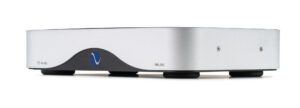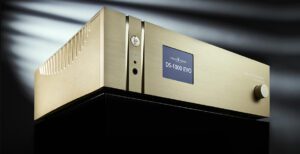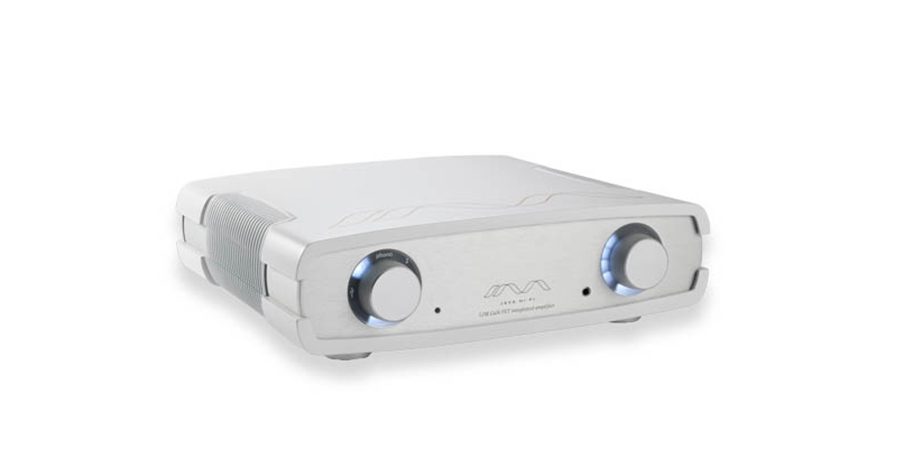
Coffee machines are a malarkey, very whimsical beasts that are always after attention, if it’s not run out of water then the grounds need emptying, then before you’ve had half a dozen cups it needs cleaning. Gaggia have a lot to answer for but the results are worth the effort, most of the time.
I’m guessing that coffee may have been the reason why Java electronics are so named, or perhaps it’s the relative proximity of New Zealand to that part of Indonesia. Either way they are stylish bits of kit with more colour and finish variations than all but the most imaginative of loudspeaker designs. The high end audio market is notoriously conservative so this is a bold move and one that is presumably aimed at bringing more music lovers into the fold, an admirable approach that more brands need to consider if this niche within a niche is to have a future.
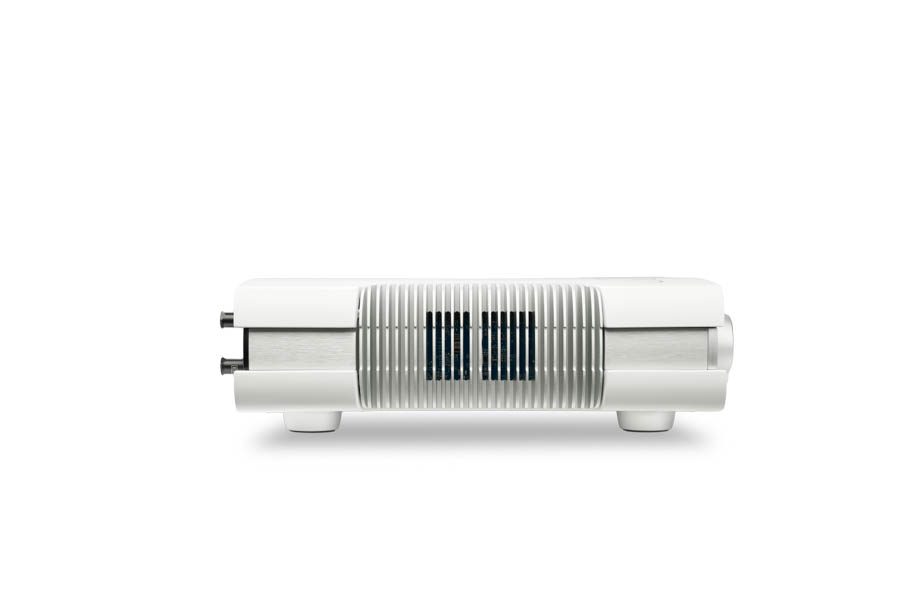
Java is a relatively young company that developed its first product, the LDR passive preamplifier, in 2016 and brought them to market the following year on the Kickstarter crowd funding platform. Six years later they have preamps, power amps and integrated models at two different levels which share the same basic appearance and amplification technology. Both models of Java integrated amplifiers use GaN FET transistors in Class D circuits, while the preamplifier sections use LDR or light dependent resistors in a passive circuit. I have not come across this technology before but Java founder Martin Bell explains: “It works by varying current to alter the intensity of an internal LED, which in turn varies resistance to adjust the volume level, creating the purest possible path for the delicate audio signal.”
One shot or two
Class D GaN FET amplifiers are likewise high efficiency designs which makes the Java Single Shot almost green by the standards of 200 Watt integrated designs, those heat sinks are not there for looks alone however, they do get warm when the amp has been running for half an hour or so. The Single Shot appellation indicates that this is the more affordable of Java’s integrated designs with single ended connections and half the output power of the 400W Double Shot variant. The Single Shot is just over £9,000 while the Double Shot is nearly £2,000 more, so there is a worthwhile saving and the product looks the same albeit with only two RCA line inputs rather than four balanced ones.
When ordering a Java amp you get to choose from eight casework finish options and three shades of anodising for the front panel, with Copper alongside the more familiar black and silver. There are veneer and satin or gloss paintwork options for the case including ebony and walnut, I received a Single Shot with Dark Walnut Satin casework and Copper anodised metalwork, which includes the heatsinks. Apparently the walnut is a real wood veneer, it looks so slick that I presumed otherwise so Java have clearly got their quality control in hand.
The bases
The RCA sockets are made by ETI Research as are the speaker binding posts. Alongside two pairs of inputs are a pre-output pair and inputs for an MM phono stage, there are also digital connections in the form of a USB B socket and a connector for a Bluetooth antenna. Java are clearly thinking about those wanting to get good sound out of all likely sources. There’s a headphone socket on the front too, it has all the obvious bases covered with the exception of AV, there’s no optical or HDMI connection for a TV.
Operationally the Java Single Shot is pretty straightforward once you have popped the magnetic panel out of the remote handset and engaged the battery. Volume level is indicated by backlit blocks with each one covering a range of levels rather than a step, the remote gives step like changes while the knob is more progressive. Typically, this can cause some concerns with playing music at low levels. However, the volume control is deliberately dialled back slightly at lower listening levels, allowing additional steps between the volume settings displayed as ‘zero’ and ‘one’. This gives the Jave Single Shot greater nuance for late-night listening levels.

Even with casual listening it was clear that the Java has some rather appealing characteristics, prime amongst which is an immediacy that makes everything sound more alive and exciting. This amp shares a common Class D trait which is an absence of what Metallica referred to (positively) as ‘thickener’, but what’s good for music creation is not necessarily beneficial to its reproduction. Class AB amps sound a bit heavy and thick compared to this Java, it’s not unappealing but neither is it necessarily a reflection of what’s in the signal. This amp makes it clear that this fullness may well be a characteristic of that mode of operation and without it the sound becomes faster and more vivid.
Light touch
The counterpoint to this is that if not done well Class D can sound hollow and thin, lacking the body that a good Class AB brings to the party. The Single Shot manages to avoid this with a degree of richness that is unusual for its class, there is a depth of tone that while not in the same league as a tube amplifier is sufficient to give notes plenty of timbral depth. In some ways the Java sounds like a single ended triode, it has that nimbleness and absence of overhang, notes stop and start quickly but without any sense of ringing. Here however the highs do not have the smoothness of a triode, they are more extended and there is more power behind them albeit only lightly felt.
Most of my listening was via the onboard DAC using the USB input connected to variously an Innuos Pulsar, Lumin U2 Mini (with a Network Acoustics and LDA PSU) and a Melco N5. Each of these streaming sources sounded distinctive, the Pulsar being the most timely while the Melco was beautifully rounded and relaxed and the Lumin somewhere between the two. The DAC in this amplifier is clearly quite capable albeit not so keen on very high sample rates, eg those above 192kHz. The DAC/amp combo times very well and produces highly engaging results regardless of whether the music is Cian Nugent’s ‘Siamese Sharks’ sounding very polished and three dimensional, or Steely Dan’s ‘Babylon Sisters’ which sounded crude by comparison despite being musically superior IMHO. It also revelled in the detail and tonal richness of John Martyn’s rendition of ‘Glory Box’ which had serious low end extension and a sense of control without grip that few Class AB integrateds at this price can match.
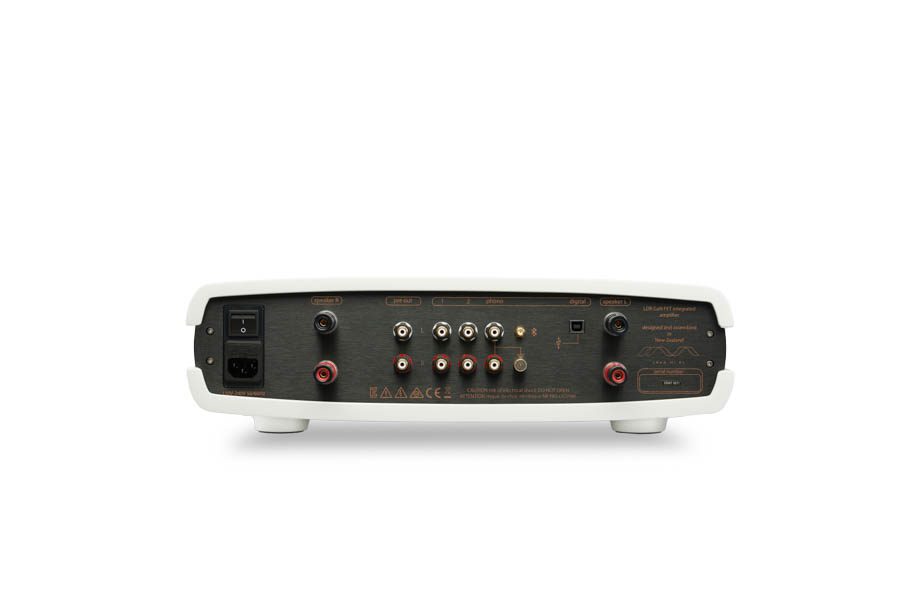
The above observations were experienced with Sonus faber Amati G5 speakers that are very capable beasts indeed. Moving to the more affordable PMC twenty5.26i floorstanders ushered in a lighter, crisper sound that while it lacked the bass power of the former speakers made up for it by delivering the life and energy of everything that was played. Acoustic pieces really worked well, the absence of time smear allowing the attack and decay of each note to be rendered clearly such that it gelled with the musical whole in a highly transparent fashion. This is a very clean sounding amplifier via its line inputs as well, I connected my phono stage to these and spent a highly engaging evening playing vinyl old and new. You get all the snap and visceral excitement of a dynamic piece of music along with the vibe from the band behind it, so Michael Franks’ ‘Popsicle Toes’ has a joi de vivre while on Frank Zappa’s ‘Pygmy Twilight’ (Roxy and Elsewhere) it feels like you have a window onto the concert as the band vamps in the background while Patrick Simmonds, Napoleon Murphy Brock and Zappa go through their routine. This was one of several occasions where electric guitar stood out so well that I had to wonder if the system was emphasising this part of the spectrum, but in truth it was more likely down to the mix.
If you like the styling and enjoy the energy and vitality of music, the Java Single Shot is a great amplifier for the asking price. Its take on Class D is more rounded and substantial than most and this combined with a strong feature set make it a worthy contender for those looking to combine several functions in a single unit. It’s hard to say how much of the sound is due to the GaN side of the equation but that clearly isn’t doing any harm.
Technical specifications
- Type Class D, two-channel integrated amplifier with built-in DAC and phonostage
- Analogue inputs One MM phono input (via RCA jacks), two single-ended line-level inputs (via RCA jacks)
- Digital inputs One USB port, one Bluetooth receiver
- Analogue outputs One pre-out (via RCA jacks), one 6.3mm headphone jack
- Supported sample rates PCM up to 24/192 inc DSD
- Input impedance 100kΩ
- Output impedance (preamp) Not specified
- Power Output 200Wpc @ 8 Ohms, 400Wpc @ 4 Ohms
- Bandwidth 10Hz–20kHz (+/- 0.5dB)
- Distortion < 0.01% THD+N (8Ω, 1W, 20Hz to 20kHz); 0.02 % THD+N (8Ω, 25W, 1kHz)
- Signal to Noise Ratio 108dB
- Dimensions (H×W×D) 130 × 440 × 415mm
- Weight 10.6kg
- Price £9,290
Manufacturer
Java Hi-Fi
Homepage – https://www.javahifi.com/home
Review Product – https://www.javahifi.com/review-product/integrated-amp-single
Where to buy – https://www.javahifi.com/where-to-buy
UK distributor
Audio Emotion
+44(0)1333 425 999
By Jason Kennedy
More articles from this authorRead Next From Review
See all
PrimaLuna EVO 100 phono preamplifier
- Apr 22, 2024

Reiki Audio SuperSwitch Master Pro + Servant Pro
- Mar 27, 2024

Melco Audio N1-S38 music server
- Mar 27, 2024








